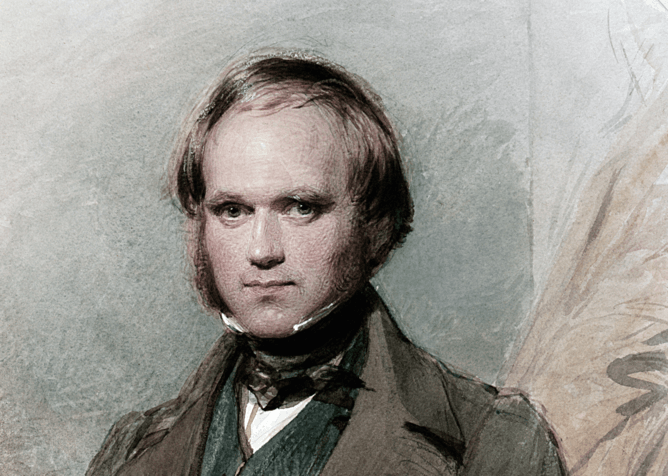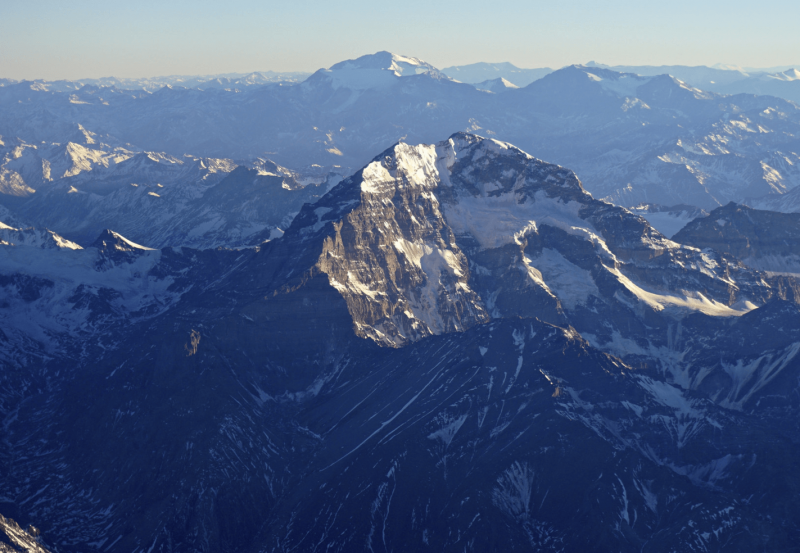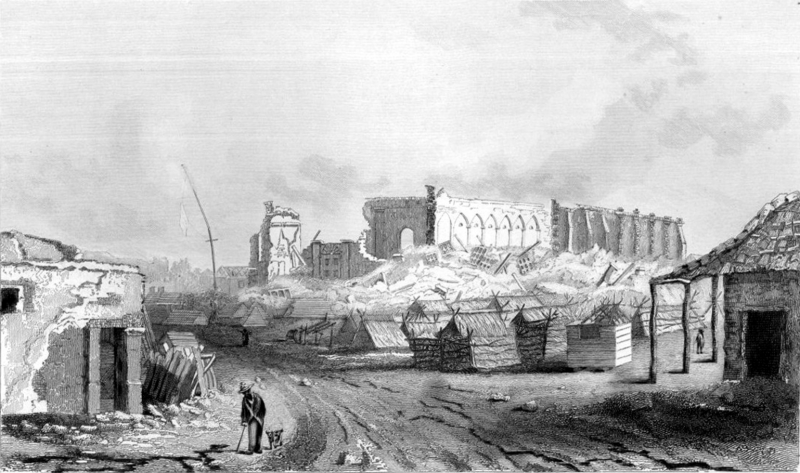The great geologist behind the Origin of Species

After Charles Darwin published the landmark On the Origin of Species in 1859 at the age of 50, he devoted the rest of his professional life to building up evidence to support its central claim – namely that species of plants and animals evolve over time to adapt to their surroundings through the process of natural selection.
The extensive number of manuscripts he filled on these subsequent studies of plants and animals are being published online for the first time this month, giving everyone the opportunity to read the great naturalist's work in its original opaque scrawl.
To understand how Darwin arrived at these conclusions, however, it is necessary to turn to the manuscripts from the first half of his life, which have already been published online as part of the same project. They reveal something that is not nearly so well known about Darwin: he was also a great geologist. Not only that, his geological work was essential to developing his great insight into evolution.
Charles' narrow escape
Darwin's father Robert intended for his son to train as an Anglican pastor. But after a Bachelor of Arts degree at Cambridge, Darwin spent a summer "geologising" (as he called it) in Wales with Adam Sedgwick. Sedgwick, an important 19th-century geologist who was 24 years older, taught him to draw geological maps and how to catalogue and describe specimens.
At the end of this period, the 22-year-old accepted the opportunity of a lifetime to join HMS Beagle to survey South America, and other parts of the world, as the ship's naturalist. He recorded these five years in detail in his notebooks, which was published a few years later as The Voyage of the Beagle. He set out heavily influenced not only by Sedgwick but also by Charles Lyell's The Principles of Geology (1830). Lyell argued that the Earth changes gradually over time, a theory that helped Darwin to look at the natural world with fresh eyes.
The Voyage of the Beagle makes a great read. The young Darwin discusses everything from indigenous tribes of Tierra del Fuego to scenery, climate, geology and seasickness. He can tell you which species of lizards are tasty:
These lizards, when cooked, yield a white meat, which is liked by those whose stomachs soar above all prejudices.
He can also tell you the best way to eat his famous Galapagos tortoises:
While staying in this upper region we lived entirely upon tortoise meat: the breastplate roasted … with the flesh on it, is very good; and the young tortoises make excellent soup; but otherwise the meat to my taste is indifferent.

High-altitide deductions
The team visited Chiloé, an island off the coast of Chile, where Darwin saw a thick bed of recent oyster shells 350 feet above the sea. Later, at around 7,000 feet in the Andes of Argentina, he came across something else rather unexpected – the petrified remains of a forest, where the trees had been fossilised in an upright position. Darwin's explanation was that they initially grew above sea level, were then plunged beneath sea level for a short time, and were then raised above it. Although it is now thought that the trees were fossilised beneath the ash of a volcanic eruption, Darwin's observations set him on the road towards an important conclusion.
His thinking was then solidified a few weeks later when the crew of the Beagle witnessed a very strong earthquake. He wrote:
A bad earthquake at once destroys our oldest associations: the earth, the very emblem of solidity, has moved beneath our feet like a thin crust over a fluid; one second of time has created in the mind a strange idea of insecurity, which hours of reflection would not have produced.
The crew visited the Chilean coastal town of Conceptión, which was close to the epicenter of the earthquake. It was entirely destroyed, and had been inundated by three successive tsunami waves. What Darwin noticed around the bay was even more astonishing than the fossil shells that he had seen earlier: the level of the land was permanently uplifted after the earthquake. At the nearby island of Santa María, meanwhile, the Beagle's Captain FitzRoy noticed putrid mussel shells still clinging to the rocks ten feet above the water line.

Darwin realised is that if the land could raise up a few feet in this way, successive earthquakes could have a much bigger effect. In a letter dated March 1835 to his friend and mentor John Henslow, he states:
I can now prove that both sides of the Andes have risen in the recent period to a considerable height.
Without the geology …
Through Lyell's influence, Darwin had been quick to grasp the impact that slow and gradual change can have on a landscape. This insight helped him to later grasp the full significance of small differences between species, such as the Galapagos finches and tortoises. He finally realised that species were not immutable, and can evolve gradually over time.
Most importantly, his understanding of geology helped him to see that the processes forming the Earth's crust had taken an extremely long time – and not, as was widely believed in the 19th century, Archbishop Ussher's claim that the Earth was created in 4004 BC. During these aeons, different species would have the time to evolve.
It was the passion for detail, so evident in the Beagle notebooks, which informed Darwin's later work On the Origin of Species and the subsequent studies that are about to appear online. Indeed this love of detail may go too far for some people – after writing up his Beagle notes, Darwin spent eight years studying barnacles for example. But by truly looking at the world, he was able to see what others had not. Above all, he did not set out with a grand theory that he needed to prove. Instead he put together many observations and constructed a grand theory from those tiny details.
Source: The Conversation
This story is published courtesy of The Conversation (under Creative Commons-Attribution/No derivatives).
![]()

















